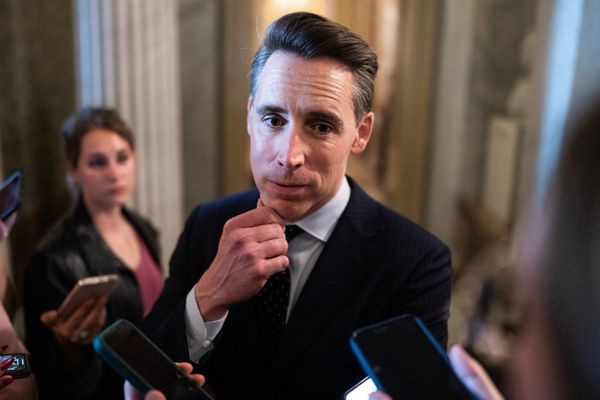Amidst serious concerns raised over the proposed school restructuring programme, the School Education Department has expedited the process of mapping Classes 3 to 5 in primary schools in the government sector to the high schools located within a radius of 3-km for their merger.
The government’s contention that the move will facilitate optimal utilisation of infrastructure and human resources for higher learning outcomes among children is disputed by a few experts in the education sector, teacher unions, and other stakeholders.
Distance a concern
They argue that the increase in the distance of schools up to 3 km from home will force many children to drop out of school, especially the girl students. The different timings and teaching levels of the primary and high schools might also cause inconvenience to the primary children, they argue.
Instead, the government should think of establishing a primary school in every village panchayat with good infrastructure, comprising pre-primary education along with Classes 1 to 5, and with adequate teaching staff, they suggest.
“In the existing set-up, one or two teachers teach all subjects to Classes 3 to 5 in primary schools leading to poor learning outcomes. Students need specialist subject teachers, especially for major subjects such as English, mathematics and science. The merger will facilitate this, resulting in imparting of quality education,” said M. Ramalingam, Joint Director, School Education.
“Moreover, primary schools do not have good infrastructure,” he says, speaking to The Hindu.
Vitapu Balasubramanyam, Member of the Legislative Council from Chittoor, Nellore and Prakasam teacher’s constituency, says the major concern is the division of the primary schools into two parts. “No other State in the country is doing it. The National Education Policy-2020 that is being cited by the government, does not recommend disintegration of the primary education system,” he says.
Removing Classes 3 to 5 will drastically reduce the size of primary schools left with just Classes 1 and 2. “They may become non-formal education units in the days to come. We seem to be moving in that direction,” says Mr. Balasubramanyam.
Pointing out that traditionally, formal education starts with Class 1, he says in the new set-up, it may “actually and abruptly” start from Class 3. Also, in the new scheme of things, the primary schools comprise anganwadi centres and Classes 1 and 2. While the former come under the Women and Child Welfare Department, the latter under the Education Department. “How does that work,” he wonders.
Long-term plan
Experts also see the move as a long-term plan to reduce the number of teachers. “Around 58,000 teachers will be surplus in the future. There are already 24,000 vacant teacher posts,” said an education expert.
Teachers working in municipal schools say that the move would reduce the existing 2,115 municipal schools to only 335.
“Around 1,675 (80%) municipal schools will be merged, leaving only 335 (20%) of schools. The municipal school education system will almost come to an end,” said S. Ramakrishna, State president of Municipal Teachers’ Federation.







